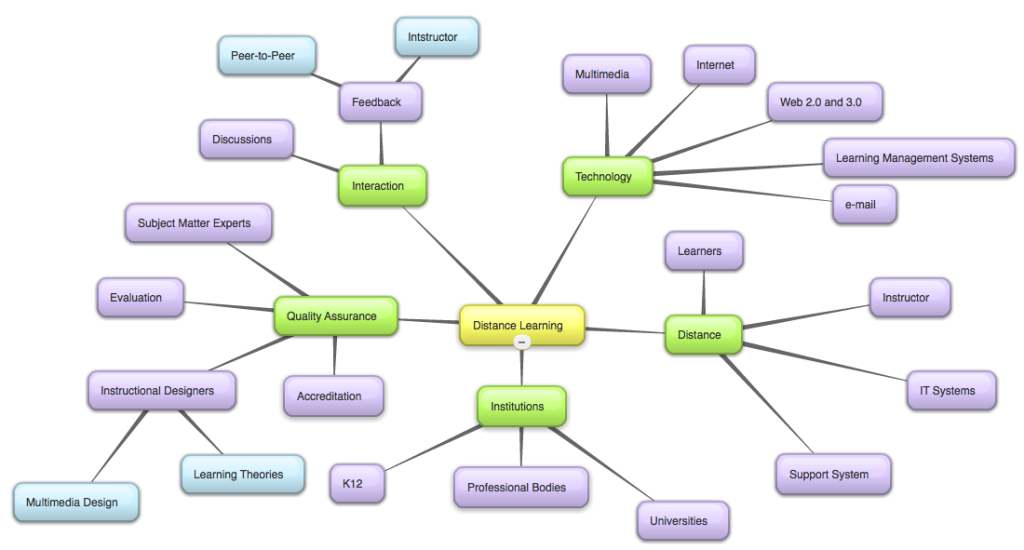Distance learning as far as I was concerned had to do with an individual signing up for a course by mailing their application form to an address elsewhere after which the person would receive tons of literature, which they must read. Over the years, however, this impression has changed mostly as a result of the available technology at any point in time. I have heard distance learning being referred to as Online Learning, e-learning and virtual learning and these names suggest a definition for distance learning. Before I proffer a definition, it might be necessary to understand the changes my definition has gone through.
Having taken some correspondent course in basic school, I understood distance learning to mean that one could access learning only from a distance; a location otherwise not easily accessible to the learner. In my mind, this did not require me at any point in time to be physically present at any institution; I must have been not more than 9 years old. Many years down the line, in my country Ghana, one could not hear enough of the talk on distance learning which required interested learners to travel to their chosen University campus during the summer holidays to take a module or two. This was quite confusing but quickly evolved and reset itself when my husband signed up for an MBA online. He later confessed that he had regrets; this programme required him to attend face –to-face lectures and none of his learning took place in an online environment. Meanwhile, another colleague was buried in quite heavy volumes in the name of distance learning with little contact with his instructor. At this rate, the definition of distance learning has evolved but a few things that remained constant had to do with the how access was a challenge for learners previously due to distance of the institutions.
Distance learning has gone through a number of changes (Distance Learning Timeline Continuum, 2013) and Tarmakin (2010) posed questions on distance learning and this has influenced my current definition – “How is technology evolving, and how is this changing your work? How are people, positions, and processes changing and what is the role of evolving technology in causing these changes?” Dr. Simonson (n.d.) also offers a definition for distance learning as “formal education in which the learning group are separated by geography and sometimes by time, using communication technology to link learners, teachers and resources”.
In my opinion, distance learning must do the following to be duly recognized as such. Distance learning must: –
-
– Employ the use of appropriate ICT tools and services
– Encourage conversations between learners and instructors as part of the learning process
– Provide meaningful feedback for the learner to improve
– Be well-designed based on Instructional Design theories and methods
– Be designed to meet various learning needs
I do not think that distance learning can or should replace the conventional classroom as we know it (Simonson, 2013) but it would rather respond to gaps identified in access to many either through a complete online experience or a blended approach. For learners who subscribe to distance learning programmes to feel their degrees carry some weight however, institutions that would like to offer programs must base their design on sound ID practices for those who earn degrees through these means to be deemed as completing “legitimate scholarly work” (Moller, Forshay and Huett, p. 69). The ID community is therefore charged to ensure that there is a standard, which is employed and met by interested institutions.
References:
Simonson, M (2013)). Distance Education: The Next Generation [Online video]. Walden University. Retrieved January 6, 2013
Moller, L., Foshay, W., & Huett, J. (2008). The evolution of distance education: Implications for instructional design on the potential of the web (Part 2: Higher education). TechTrends, 52(4), 66-70.
Simonson, M., Smaldino, S., Albright, M., & Zvacek, S. (2012). Teaching and learning at a distance: Foundations of distance education (5th ed.) Boston, MA: Pearson.
Tamarkin, M. (2010, November). You 3.0: The Most Important Evolving Technology. In Educause Review Online. Retrieved April 9, 2013, from http://www.educause.edu/ero/article/you-30-most-important-evolving-technology

